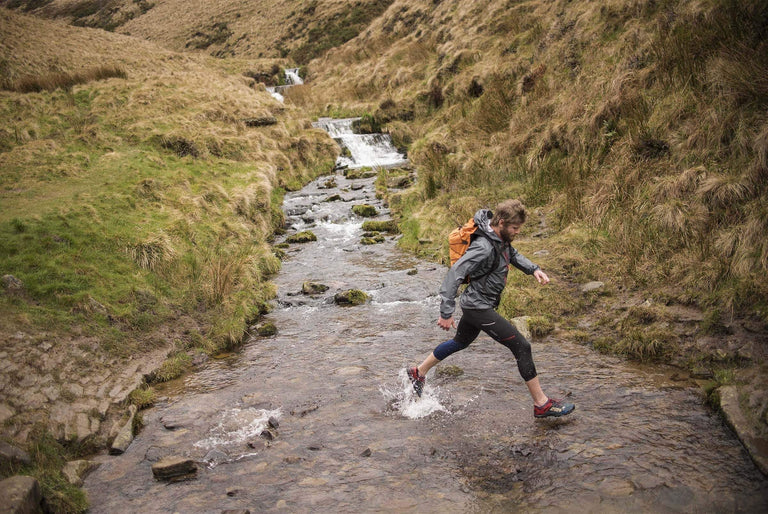
Stay warm without overheating with our guide to insulated clothing for trail runners. Perfect for alpine starts and chilly ridgelines.
Running winter trails can reveal snow-clad paths and serene frost-bitten forests. It can also mean sticky muddy paths and getting a good drenching, but let's live the dream for a while.
Running during the winter season presents a fresh, enchanting perspective of nature. The tranquility and soft crunch of snow underfoot provide a sensory delight that's unparalleled in other seasons. A good cardiovascular workout and exposure to winter sunlight can uplift mood during the shorter days.
Many hesitate to venture out in the cold, fearing discomfort, but advances in clothing technology have revolutionised outdoor winter activities. Trusting in our friend the layering system, we can ensure warmth and adaptability. A moisture-wicking base layer, an insulating middle, and a protective outer layer shield against the elements and allow easy temperature regulation. This system keeps winter runners both warm and dry, both during and after activity.
Armed with the right attire, winter running becomes an invigorating fusion of fitness and natural beauty.
What is insulated clothing and what are the benefits for runners?
Insulated clothing is an important part of your winter layering system. It is designed to provide warmth, comfort, and protection from the elements while allowing you to maintain mobility and adapt to changing weather conditions during your activity.
With the right insulation in your layering system, winter trail running isn't just bearable; it's invigorating, offering a unique blend of adventure, fitness, and sheer natural beauty.
Win Winter and extend the running season with insulated clothing at the heart of your layering system
At the heart of staying warm and comfortable during winter runs is the layering system. By wearing multiple layers, each with a specific purpose, you create an adaptable system that works with your body. The base layer wicks away sweat, keeping you dry. The middle layer insulates, trapping body heat. The outer layer shields against wind and moisture. With the right layering, not only can you remain warm, but you can also easily regulate your temperature by adding or removing layers as your activity level or the weather changes.
Do I need insulated clothing for running?
Even in winter it is not uncommon to see hardy folk pounding the streets in skimpy shorts and a club running vest. If it is really cold they might concede a knitted hat and gloves.
We are not all hardy folk. We don't all enjoy getting strawberry red thighs or the feeling of Jack Frost wrapped around our core. We also like to explore the outdoors. Our runs take us away from the road, into environments where we need to look after ourselves when we rest or get into trouble. In winter the margins of comfort are reduced and the need to throw on some extra layers are increased.
While it's essential to have insulating clothing close at hand after a run to prevent rapid cooling, its necessity during a run varies. If running in milder conditions, your body's heat generation might suffice, and you might feel too warm in insulating layers. In colder environments, insulation becomes more critical. When the temperatures have dropped double figures below zero, and only your studded running shoes give you grip, you may choose to sling on your insulated vest or coat.
As with many aspects of running gear, it's vital to listen to your body and adjust based on personal comfort and safety.
Wearing Insulating Clothing While Running
- Cold Environments: In very cold conditions, the body may not generate enough heat from running alone to stay warm. Insulating clothing helps maintain core body temperature.
- Starting Warm: During the initial phase of the run when your body hasn't fully warmed up, insulating layers can keep muscles warm and provide you with a psychological boost.
- Variable Pace: If you're doing a run with mixed intensities, such as intervals or hill repeats, where there might be slower-paced recovery periods, insulation helps maintain warmth during the slower segments.
- Protection: In windy conditions, even if you're generating body heat, the external environment can cool you down rapidly. An insulating layer acts as a barrier against such elements.
Insulating Clothing Post-Run
- Rapid Cooling: After finishing a run, especially in cold or windy conditions, your body can cool down very quickly. Insulating clothing helps prevent rapid heat loss, which can be a risk for hypothermia.
- Wet Clothing: If you've been sweating or if it's been raining/snowing, wet clothing can drastically increase heat loss. Changing into dry, insulating clothing can be crucial.
- Delayed Shelter: If you're not immediately heading indoors or into a warm environment post-run you are going to need to find shelter. Insulating clothing becomes important to maintain comfort as you make this transition, or find your car keys.
Insulated Jackets for trail running: What You Need to Know
Insulated jackets come filled with natural down, synthetic insulation or fleecy fibre pile. They create an insulating loft, trapping air between their feathers or fibres. This lofted air is an efficient insulator, making insulated jackets warmer than many other outdoor layers.
Synthetic Vest
Synthetic vests are a popular choice for winter running due to several distinct advantages:
- Core Temperature Regulation: It is not all about showing off your guns. Vests primarily protect the torso, which houses vital organs. By keeping the core warm, the body can maintain a stable temperature, ensuring efficient physiological functions. This is particularly important during winter runs when external temperatures can challenge the body's ability to regulate heat.
- Moisture Management: Synthetic materials are designed to wick away sweat. This is crucial during physical activities like running, where the body can produce significant sweat, even in cold conditions. Wet clothing can rapidly sap body heat, making moisture management essential.
- Lightweight and Breathable: Synthetic vests tend to be lightweight, ensuring they don't impede the runner's movements. Their breathable nature ensures that excess heat and moisture can escape, preventing overheating.
- Quick Drying: If a synthetic vest does get wet, either from sweat or external factors like rain or snow, it typically dries much faster than natural materials such as down. This quick-drying feature helps maintain the vest's insulating properties even when damp.
- Layering Flexibility: Vests are versatile in a layering system. They can be worn over a base layer or under a jacket, depending on the conditions. This flexibility allows runners to adjust their insulation level based on the current weather, ensuring comfort throughout a run.
- Arm Mobility: If you like to pump your arms a vest is for you. Since vests lack sleeves, they provide unrestricted movement for the arms. This can be especially beneficial for runners who prefer maximum arm mobility while benefiting from core insulation.
- Durability: Synthetic materials are often more resilient to repeated use, washing, and wear and tear than some natural materials. A well-made synthetic vest can last for several seasons of winter running.
- Cost-effective: Generally, synthetic materials can be more cost-effective than natural insulators like down. This makes synthetic vests an affordable option for many runners.
In summary, synthetic vests strike a great balance between insulation, breathability, and mobility, making them a preferred choice for winter running. While they offer numerous benefits, the "best" winter running gear ultimately depends on individual preferences and specific environmental conditions.
Down jacket
Packing a lightweight down jacket in your rucksack or bumbag during winter trail runs offers several advantages that can enhance both your safety and comfort:
- Unexpected Temperature Drops: Winter weather, especially in mountainous or high-altitude terrains, can be unpredictable. Temperatures might drop suddenly, especially as the sun sets. A lightweight compressible down jacket provides immediate warmth in such scenarios.
- Emergency Situations: In the unfortunate event of an injury or getting lost, you might find yourself stationary for an extended period. Without the heat generated from running, the body can cool down rapidly. A down jacket can be a lifesaver in these situations.
- Rest or Break Periods: If you decide to take a break, whether to enjoy the scenery, eat, or rest, your body temperature can drop without the continuous movement from running. A down jacket can keep you warm during these periods.
- High Warmth-to-Weight Ratio: Down is known for its incredible warmth-to-weight ratio. This means you can pack a lot of warmth in a very lightweight and compressible jacket, making it easy to carry without weighing you down.
- Protection Against Wind: Even if the temperatures aren't extremely low, cold winter winds can make conditions feel much colder (wind chill factor). A down jacket can serve as an effective barrier against these chilling winds.
- After Run Warmth: Post-run, your sweaty clothes can make you feel cold as the sweat starts to evaporate. Changing into or layering with a down jacket can help you stay warm as you head back home or to your car.
- Versatility: Many lightweight down jackets are designed with features like adjustable hoods, hem drawcords, and elastic cuffs to adapt to varying conditions.
- Safety Precaution: Carrying a down jacket acts as an insurance policy. It's better to have it and not need it than to need it and not have it. It can make the difference between an uncomfortable experience and a dangerous situation.
When choosing a down jacket for trail running, it's essential to consider one that is highly compressible and packs into a small size. This ensures it doesn't take up too much space in your rucksack or bumbag. It's also advisable to ensure that the down is treated for water resistance, especially since winter conditions can often be wet, and traditional down loses its insulating properties when damp.
The 'belay jacket'
Having a large post-run jacket to throw on over everything is a great way to warm up. A heavier weight down or synthetic belay style jacket is commonly used by climbers to stay warm when immobile on belays. It will provide maximum warmth with features designed to keep you warm in very inhospitable conditions. Benefits such as a large hood, hand warmer pockets and wind baffles should have you returning to normal operating temperatures quickly.
What swimmers can teach usabout staying warm
Swimmers know a few things about post activity re-warming routines. Ending your activity soaking wet, and towelling down fully exposed to the elements is about as cold as it gets.
The changing robe has become ubiquitous amongst wild swimmers and is also a good solution for warming up post winter run. With its weather proof outer, and warm, durable fleece inner, it provides a comforting and functional space where you can return to being a normal human being.
It is also easily washable, so no matter how muddy your trail run you do not need to stress about how you are going to wash and air dry your favourite down jacket in the depths of a wet and damp winter.
Choosing the best insulated clothing for your winter runs
Understanding the differences between down and synthetic options, construction methods, and key features will help you choose the right jacket for your winter trail runs. Consider factors like warmth-to-weight ratio, durability, waterproofing, fit, baffles, hood, zips, when selecting an insulated jacket for trail running. Please do take the time to consider sustainability and ethical sourcing. We work very hard to bake these considerations into all of our products, designing products that meet you expectations without compromises.
Preparing for cold-weather running
Preparing for cold weather running involves both physical and mental adjustments. Here's how you can equip yourself for the challenges of runs on the chilly side:
Mental Preparation:
- Reset Expectations: Recognise that cold weather can impact your performance. You might run slower, especially at the beginning, until your body warms up. Watch out for ice, focus on consistency and enjoyment rather than speed.
- Visualisation: Before stepping out, visualise yourself completing the run. Imagine the cold air on your face, your breath forming misty clouds, and your body gradually warming up as you find your rhythm. Think of that hot chocolate you are going to devour at the end.
- Establish a Routine: Create a pre-run routine that gets you mentally in the zone. This could involve checking the weather, choosing the right gear, or warming up indoors. Keep your running gear on the radiator so it is pre-warmed when you pull it on.
- Stay Positive: Focus on the benefits of winter running — the tranquility, the beauty of a winter landscape, and the feeling of accomplishment post-run.
- Set Small Goals: Instead of aiming for long runs initially, set shorter routes or time-based goals. Celebrate these achievements to build your cold weather running confidence.
- Stay Social: Engage with a running buddy or a group. The camaraderie can be motivating, making it easier to brave the cold.
Physical Preparation:
- Layering: Dress in layers, starting with a moisture-wicking base layer, followed by your insulating layer, and finally a windproof and/or waterproof outer layer. This allows you to shed or add layers as needed.
- Warm Up Indoors: Begin your warm-up inside to get the blood flowing. Activities like dynamic stretching, jumping jacks, or even a short bodyweight workout can prep your muscles for the cold.
- Protect Extremities: Your fingers, toes, ears, and nose are most vulnerable to cold. Wear gloves, thermal socks, beanies, and buffs to keep them warm.
- Stay Dry: Moisture, including sweat, can chill the body. Ensure that your clothing is moisture-wicking, and if it's snowing or raining, wear water-resistant gear.
- Footwear: Your regular running shoes might not suffice. Depending on the terrain and conditions (e.g., snow, ice), consider shoes with better grip or even trail running shoes.
- Stay Hydrated: Just because it's cold doesn't mean you won't dehydrate. Drink water before, during (if it's a long run), and after your run.
- Post-Run Routine: Make sure you have an oversized insulating layer that you can throw on after your run. Change out of damp clothes immediately to prevent rapid cooling. Engage in light stretching to relax your muscles and have a warm drink to help raise your body temperature - told you there was a hot chocolate at the end of this.
Remember, as with any outdoor activity, safety should be paramount. Always inform someone of your intended route and estimated return time, especially if you're running in remote areas. Over time, as you consistently expose yourself to cold weather running, both your body and mind will adapt, making the process easier and more enjoyable.

![Gravitas [Mens]](http://alpkit.com/cdn/shop/files/mens-gravitas-2025-chilli.jpg?v=1764948171&width=768)
![Gravitas [Mens]](http://alpkit.com/cdn/shop/files/gravitas-location-1-RETOUCH.jpg?v=1765452161&width=768)
![Gravitas [Womens]](http://alpkit.com/cdn/shop/files/womens-gravitas-reef.jpg?v=1722461253&width=768)

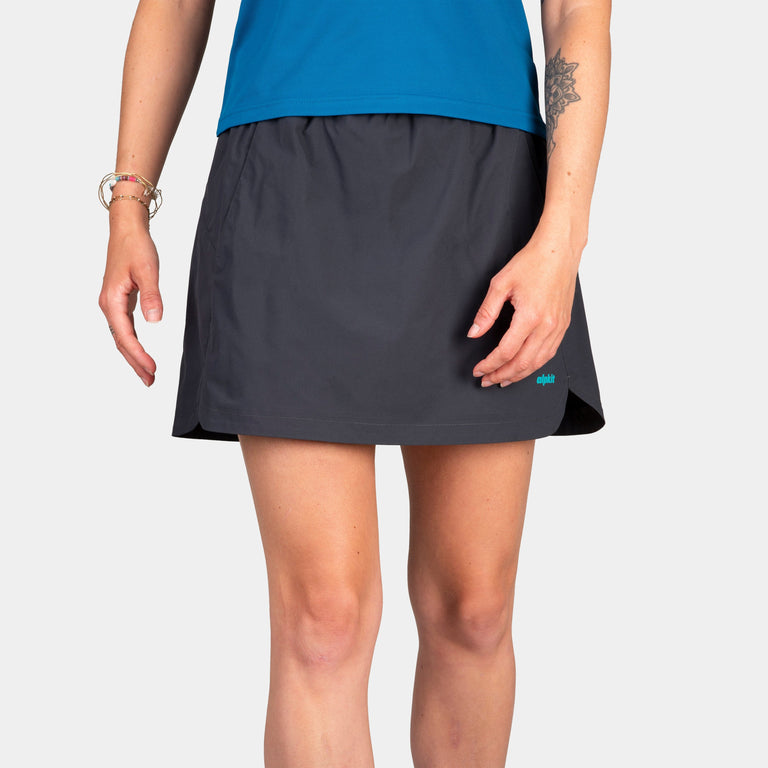
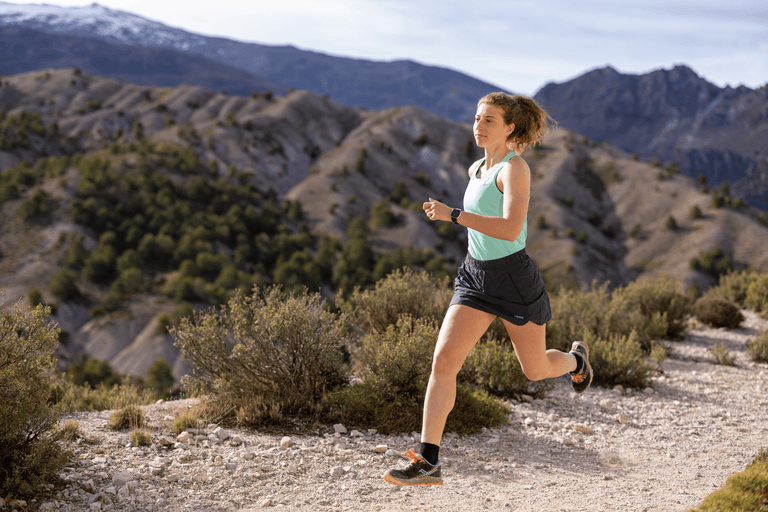
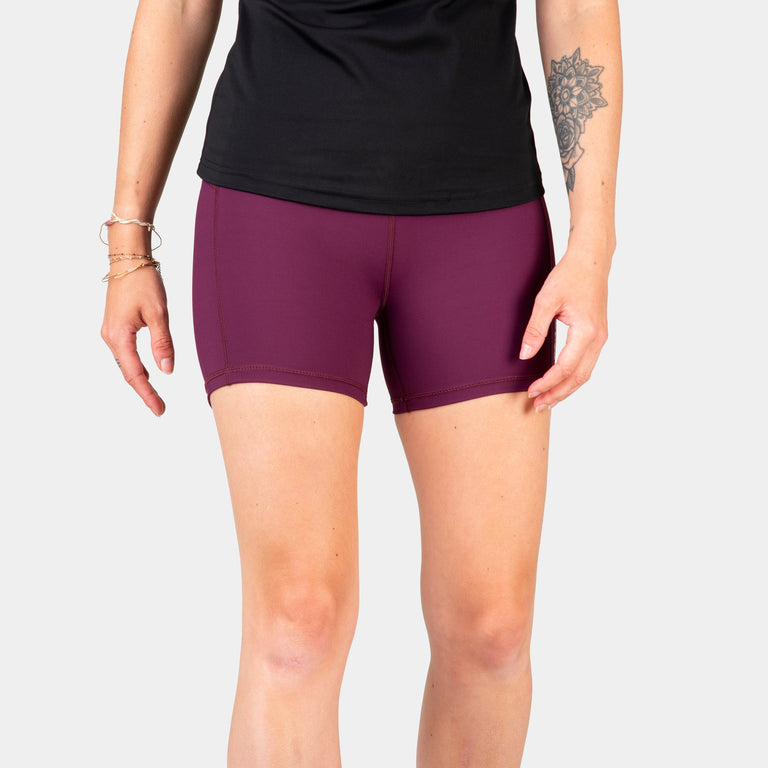


![Mello Tight [Womens]](http://alpkit.com/cdn/shop/files/OUTPOST-14_SS23_MALAGA_RUN_Card_2_001009__1.jpg?v=1764159970&width=768)
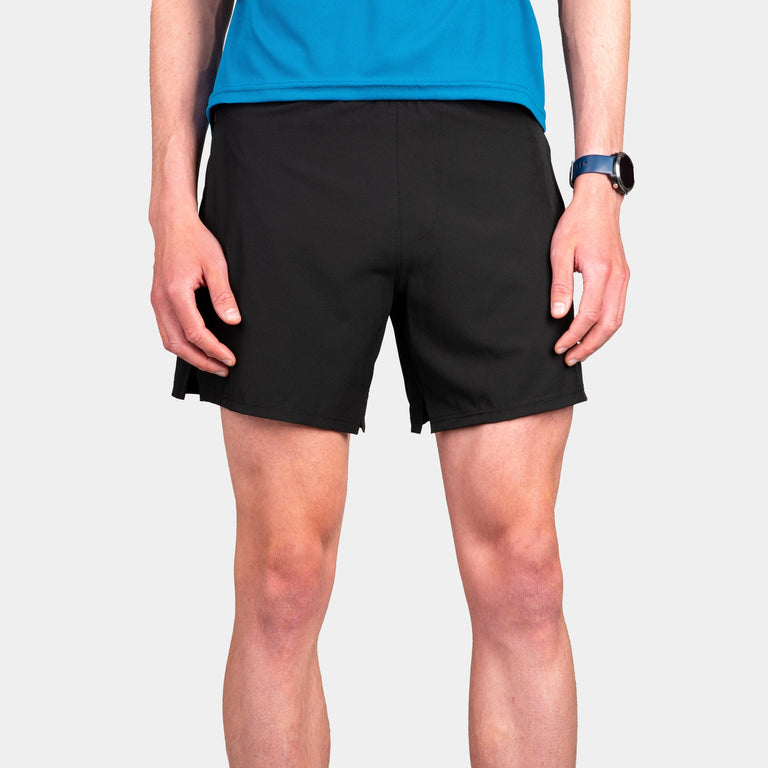
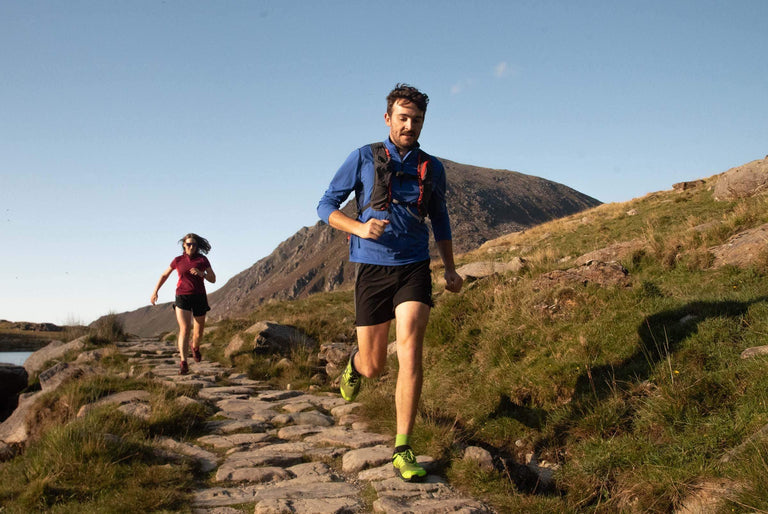
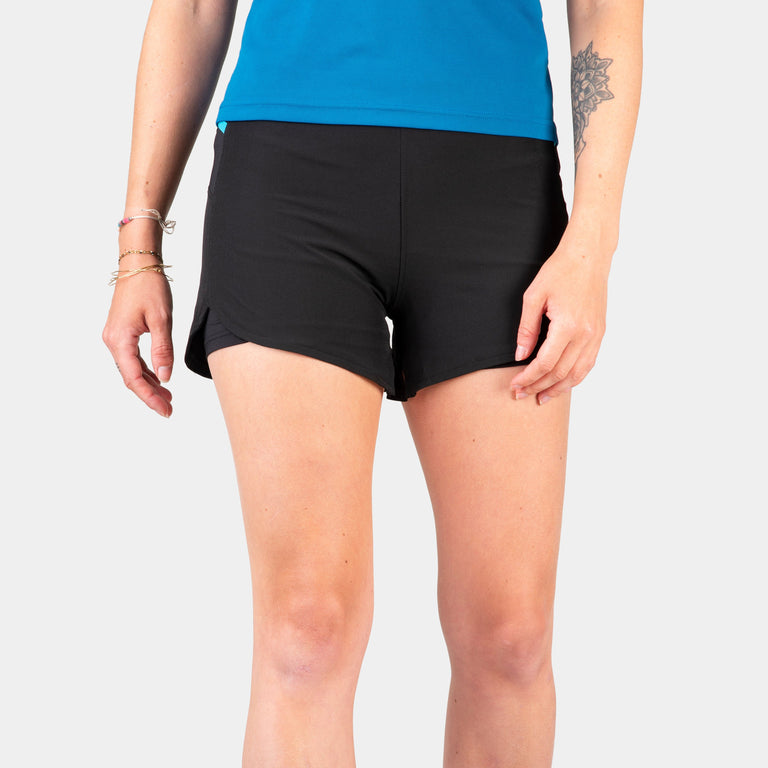
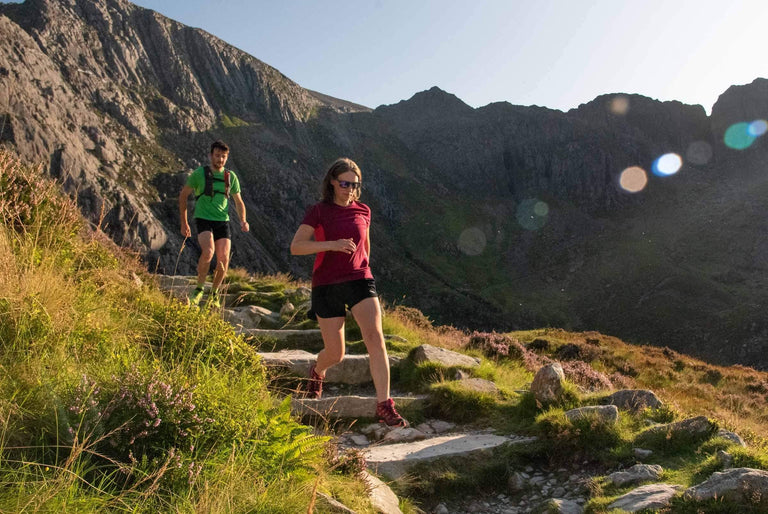
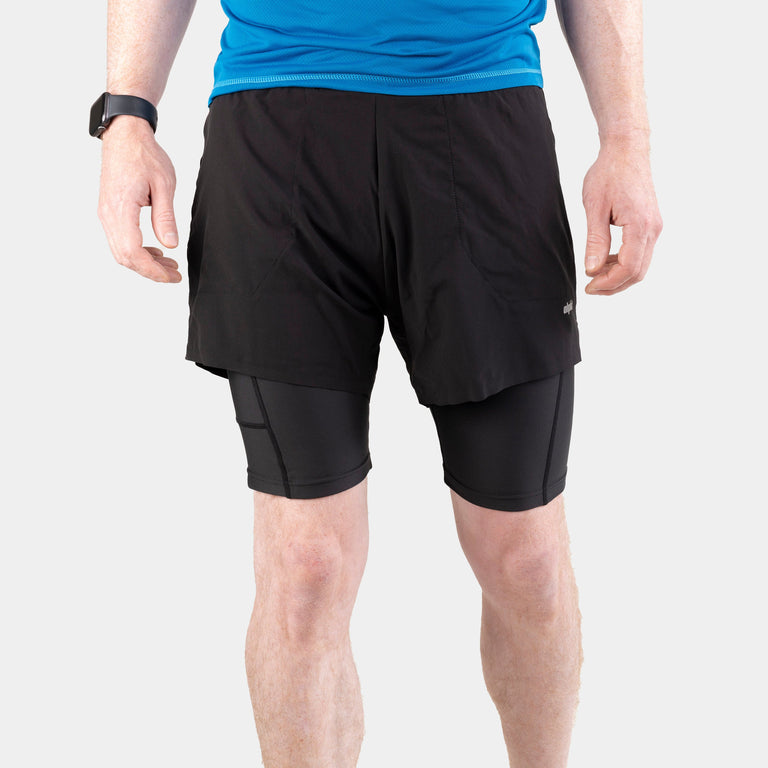



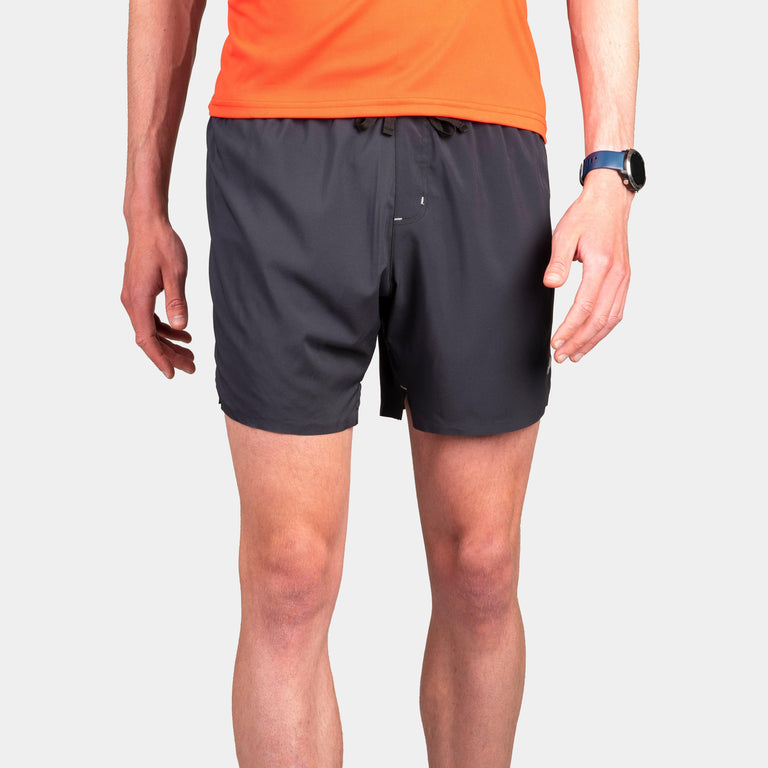
![Vayper Short 6 [Mens]](http://alpkit.com/cdn/shop/files/VAYPER_MENS_TENERIFE_005312__4000px_533bc924-d067-4d39-a146-d80f1ae20554.jpg?v=1695900862&width=768)

![Vayper Short 5 [Womens]](http://alpkit.com/cdn/shop/files/VAYPER_WOMENS_TENERIFE_004825__4000px_d8e2adcc-be0e-4ef5-9c7f-14a502f85f2b.jpg?v=1695908657&width=768)

